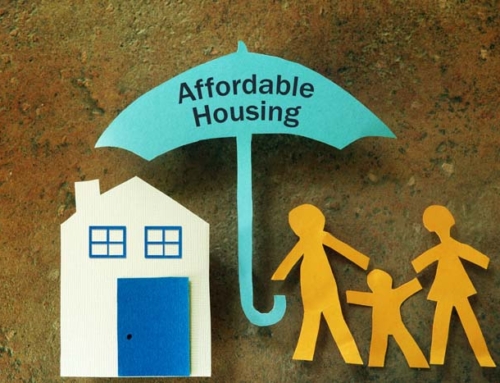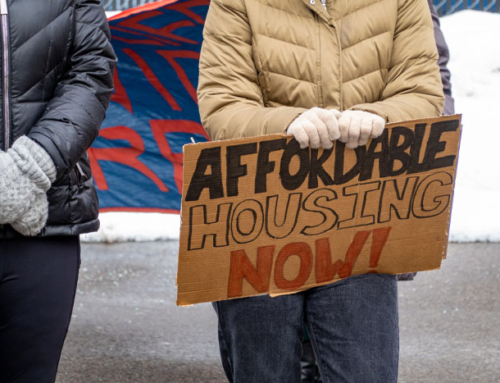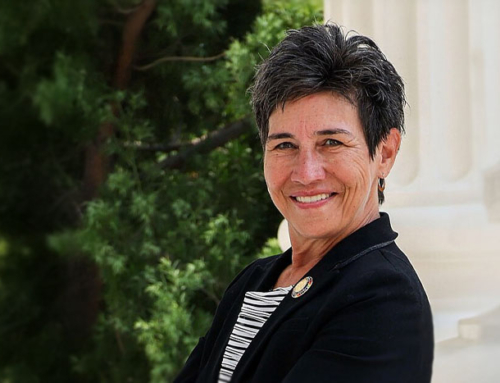While some ballot measures qualified for the ballot by gathering signatures via the voter referenda process, others went through the legislative process and will appear on voters’ ballots in either March or November 2024 if they receive the Governor’s signature. Here are two important housing measures:
ACA 1 (Aguiar-Curry, D-Davis, Berman, D-Palo Alto, Haney, D-San Francisco, Lee, D- Milpitas, and Wicks, D-Oakland) – was signed by the Governor on September 20th and will appear on the ballot in November of 2024. The amendment would change the voter threshold for the passage of affordable housing ballot measures to 55%. Currently, these bond measures require a 2/3rds majority to pass, a difficult threshold to reach. Note that some amendments are expected to be made to this initiative in early 2024 as negotiations over the breadth of the measure (which includes public infrastructure), the types of funding measures that would fall under the 55% requirement, and accountability protections. The ballot measure may also be amended depending on the results of polling that will take place in the next several months.
ACA 13 (Ward, D-San Diego) – is currently being held until November 1, 2023, but is expected to be acted upon this year and would appear on the November 2024 ballot. Currently, ballot measures placed on the ballot via initiative (signature gathering) must receive a simple majority of the vote (50% +1) to pass. This measure, known as the “Protect and Retain the Majority Vote Act,” would retain this majority vote requirement for the passage of State and local initiatives. Additionally, ACA 13 would require that any proposed initiative that seeks to increase the required vote threshold for either State or local ballot measures and is approved after January 1, 2024, be subject to the same vote threshold to become law. This measure was proposed in response to another initiative that voters will consider in November known as the “Taxpayer Protection and Government Accountability Act,” which seeks to increase the vote threshold for State and local initiatives to 2/3rds. If voters approve the Protect and Retain the Majority Vote Act, the Taxpayer Protection and Government Accountability Act would be required to receive 2/3rds of the vote to become law.is currently being held until November 1, 2023, but is expected to be acted upon this year and would appear on the November 2024 ballot. – Currently, ballot measures placed on the ballot via initiative (signature gathering) must receive a simple majority of the vote (50% +1) to pass. This measure, known as the “Protect and Retain the Majority Vote Act,” would retain this majority vote requirement for the passage of State and local initiatives. Additionally, ACA 13 would require that any proposed initiative that seeks to increase the required vote threshold for either State or local ballot measures and is approved after January 1, 2024, be subject to the same vote threshold to become law. This measure was proposed in response to another initiative that voters will consider in November known as the “Taxpayer Protection and Government Accountability Act,” which seeks to increase the vote threshold for State and local initiatives to 2/3rds. If voters approve the Protect and Retain the Majority Vote Act, the Taxpayer Protection and Government Accountability Act would be required to receive 2/3rds of the vote to become law.
© LeSar Holdings/LeSar Development Consultants. All Rights Reserved. Please be advised that any republishing of copyrighted material provided by our organization, in whole or in part, requires prior written authorization. For permission, please reach out to [email protected]. We appreciate your understanding and compliance in upholding copyright laws.






















